


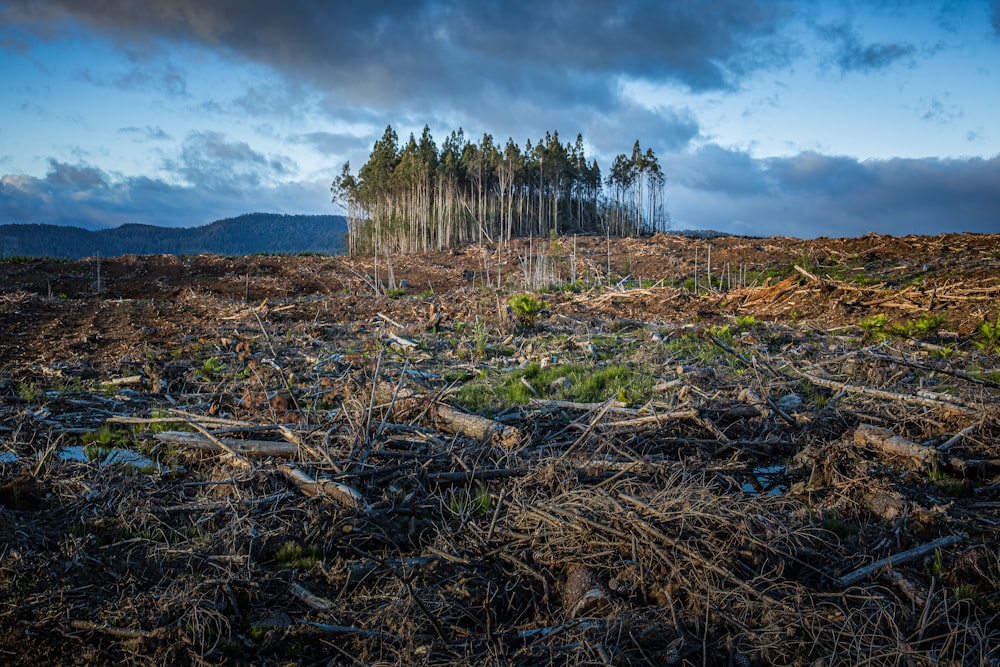
Since human life began we have always impacted the environment, clearing land for farming, creating shelters, cultivating crops and impacting other animal species. But in the past two hundred years our impact has increased at a drastic rate, fuelled by the Industrial Revolution, advances in technology and growing consumerism. But what does this increased impact mean for us and the environment now and into the future? Read through the resources below and the tabs above to learn more.
Environmental change and management focus on investigating environmental geography. This collection of resources is a great starting point for your learning.
CeRDI’s eResearch in the Natural Environment collaborative research program spans a range of areas, including groundwater, soil health, water and estuary health, natural resource management planning and biodiversity, reflective of the multidisciplinary nature of CeRDI's research as well as long-term collaborative research relationships with a diverse range of industry and government partners. Read through the projects at this link to learn more about environmental change and management within Australia.
In addition to natural variability, human activities are causing rapid, large-scale climate and environmental change. Understanding how these processes work as a whole Earth system can improve our understanding of the impacts of these changes and inform responsible management. One key challenge is how we monitor and record environmental data, and the role this data can play in managing the environment. This article explores the management of environmental change, including how environmental data is monitored and recorded, and challenges faced in utilising this data.

Anthropocence: a term used by some scientists to emphasise that the latest geological epoch, the Holocene (recent time), has ended and has been replaced by a new epoch where the Earth’s biological and physical systems are being modified significantly by humans.
Atmosphere: the enveloped of gases surrounding the earth or another planet.
Biocapacity: the capacity of a biome or ecosystem to generate a renewable and ongoing supply of resources and to process or absorb its wastes.
Biodiversity: a contraction of ‘biological diversity’. In general it describes the variety of life on Earth, and specifically the total sum of the genes, species, habitats and ecosystems in a given environment.
Boundary: the line or region which distinguishes what is within a system from the wider environment around it.
Carbon footprint: the annual amount of greenhouse gas emissions, mainly carbon dioxide, that result from the activities of an individual or a group of people, especially their use of energy and transport and consumption of goods and services. It is measured as the mass, in kilogrammes or tonnes per year, either of carbon dioxide emissions alone, or of the carbon dioxide equivalent effect of other greenhouse gas emissions.
Climate change: a variation in climate, usually for longer than a decade. Often now used to mean changes in climate attributed to human activity that alters the composition of the atmosphere (the greenhouse effect).
DPSIR: Drivers-Pressures-States-Impacts-Responses). A framework of indicator types. They can be used as a means to describe the interactions between society and the environment.
Ecology: a term coined by Ernst Haeckel in 1866 to describe the study of the relations of organisms to each other and their surroundings, which includes population dynamics, feeding interactions, competition between species, the availability of nutrients and energy flows through ecosystems. Patterns of distribution and succession, and human impacts are also studied.
Ecosystem: a community of organisms interacting with each other, as well as the environment in which they live and with which they also interact (e.g. a pond or forest).
Environmental impact assessment: an assessment of the possible positive or negative impact that a proposed project may have on the environment, together consisting of the environmental, social and economic aspects.
Environmental sustainability: the aspect of sustainable development that focuses on the stability of biological and earth systems, and on the maintenance of a healthy natural environment.
Food chain: a series of organisms usually beginning with plants where each stage feeds on the stage below it. In general the series consists of plants – herbivores (plant-eating animals) – carnivores (animals that feed on other animals).
Fossil fuel: buried fuels derived from past living plant and animal materials that have been modified and buried by geological processes (e.g. coal, oil or gas).
Greenhouse gas: gases, including carbon dioxide, water vapour, methane and nitrous oxide, that interact with infrared radiation and when present in the atmosphere have the effect of warming the global climate. Without naturally occurring greenhouse gases, the Earth’s temperature would be several tens of degrees Celsius colder than it is now (and life would not have evolved in its current form).
Indicator: a characteristic of a system which is used as a measure for control.
Industrialisation: the shift in a nation’s economy away from smallholder agricultural production, simple extraction of primary commodities and household-based production, towards the large-scale, factory-based production of goods.
Life cycle analysis: traces environmental impacts at all stages of a product’s ‘life cycle’ stages. This starts from the impacts arising from extracting and processing raw materials, followed by those from manufacturing and delivery, through to those involved in using the product and finally what happens at the end of the product’s life – whether it is reused, recycled or disposed of.
Methane: a hydrocarbon that is a constituent of natural gas. Also produced by decomposing organic waste (e.g. domestic refuse) and by digestion processes in animals. Methane is a potent greenhouse gas.
Model: a model (noun) is a simplified representation of reality (e.g. a map, scale model, mental concept or mathematical equation), developed in order to understand or change the real world. To model (verb) is to use such a simplified representation of reality.
Natural resources: the Earth’s natural resources include physical resources (e.g. fossil fuels, mineral deposits, land and water) and biological resources (e.g. plants and animals). Resources can be defined as what the Earth can provide that humans consider economically or otherwise useful. Resources may also include human knowledge and labour. Resources are often classified into renewable and non-renewable resources depending on the timescale that they are renewed or regenerated.
Outsourcing: the process whereby a leading firm or business shifts some of its specific activities to another firm, which can do the activity more cost-effectively. In some cases this is called ‘offshoring’, depending on labour cost and location. Outsourcing can lead to issues in managing complex activities or loss of core values if the wrong types of activities are outsourced.
Pollution: the introduction into the environment (air, water or land) of substances or energy liable to cause harm to human health, to other animals, to plants and ecosystems, damage to structure or amenity, or interfere with legitimate uses of the environment.
Rich picture: rich pictures are situation summaries. They are an attempt to encapsulate the real situation through a no holds barred, cartoon representation of things that you perceive in the situation.
Smog: a term, introduced at the beginning of the twentieth century, for a mixture of smoke and fog. The London ‘pea-soup fog’ was a mixture of soot and sulphur dioxide most likely to occur in winter. Modern brown ‘photochemical smog’ is caused by nitrogen oxides from car exhausts and is most likely to occur in summer.
Spray diagram: type of diagram used for representing the structure of an argument, to encapsulate the relationships between ideas or for note taking.
Stakeholder: an individual (or group of people) who has an interest in a particular issue, event, situation, etc.
Sustainability: avoidance of the depletion of natural resources in order to maintain an ecological balance.
System: an interconnected and interdependent set of components with coherent organisation, as defined by the person interested in it. Often characterised by nested subsystems, emergent properties, communication and control which is dynamic, adaptive and self-preserving. Defining a system requires the placement of a system boundary, that is, a dividing line that separates the system components from those items outside that affect it but which it cannot significantly affect.
System of interest: a set of components interconnected for a purpose that has been identified by someone as being of particular interest.
Systematic: having a sequential plan or a method. Often contrasted with systemic.
Systemic: an agency, organisation, body or organism considered as a whole. Often contrasted with systematic.
Systems approach: a way of thinking that considers an entity or situation within the context of a larger whole or system, rather than focusing just on one part – as in systemic (a property of the whole) rather than just systematic (linear, step-by-step) thinking.
Systems map: a diagram consisting of words/phrases and ‘blobs’ showing the major components of a system, its boundary and possibly items outside the system boundary.
Systems thinking: an approach for investigating complex situations that looks at the behaviour of the whole situation and the many interconnections between the component parts of the situation.
Urbanisation: the movement of people from the countryside to the towns and cities.
Values: a measure of the worth, desirability or utility based on individual preferences. Personal view of an issue or of the importance of taking or preventing a particular action. Values are subjective and cannot be described in terms of ‘right and wrong’.


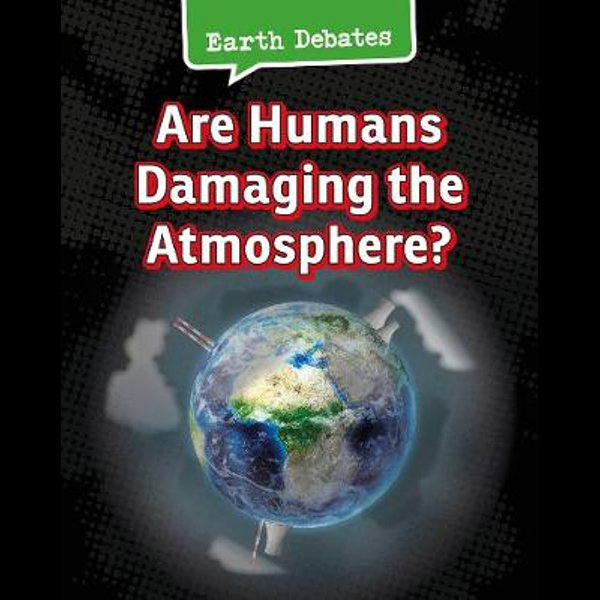 Are humans damaging the atmosphere?
by
Are humans damaging the atmosphere?
by
 Changing planet : What is the environmental impact of human migration and settlement?
by
Changing planet : What is the environmental impact of human migration and settlement?
by
 Environment at risk the effects of pollution
by
Environment at risk the effects of pollution
by
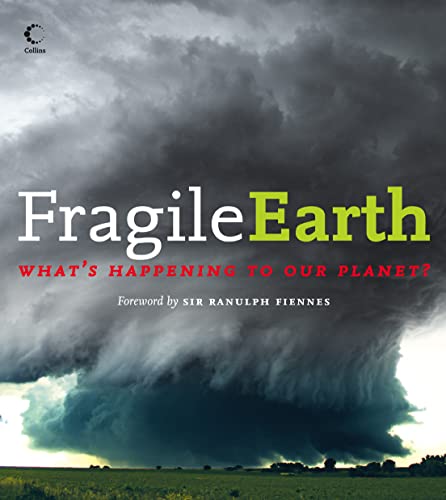 Fragile earth : views of a changing world
by
Fragile earth : views of a changing world
by
 Fragile earth views of a changing world
by
Fragile earth views of a changing world
by
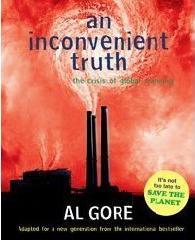 An inconvenient truth: the crisis of global warming
by
An inconvenient truth: the crisis of global warming
by
 On borrowed time Australia's environmental crisis and what we must do about it
by
On borrowed time Australia's environmental crisis and what we must do about it
by
 Protecting natural environments
by
Protecting natural environments
by
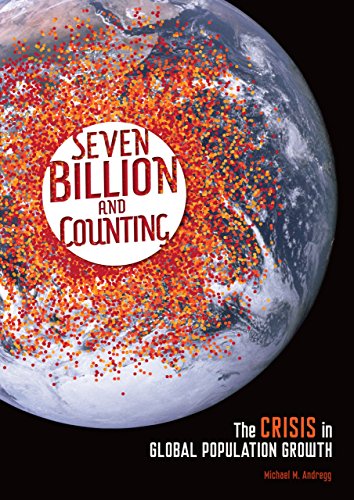 Seven billion and counting the crisis in global population growth
by
Seven billion and counting the crisis in global population growth
by
 Welcome to Trashland
by
Welcome to Trashland
by
 What's really happening to our planet?
by
What's really happening to our planet?
by
 Your life, your planet: packed with practical tips to immediately reduce your environmental footprint
by
Your life, your planet: packed with practical tips to immediately reduce your environmental footprint
by